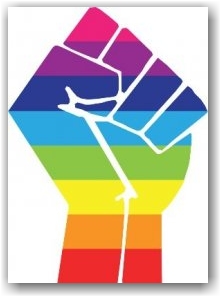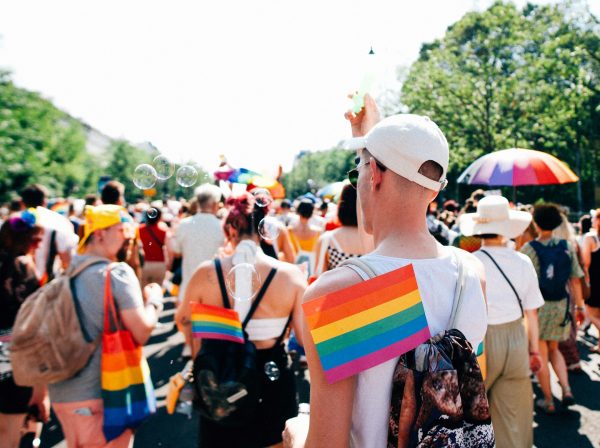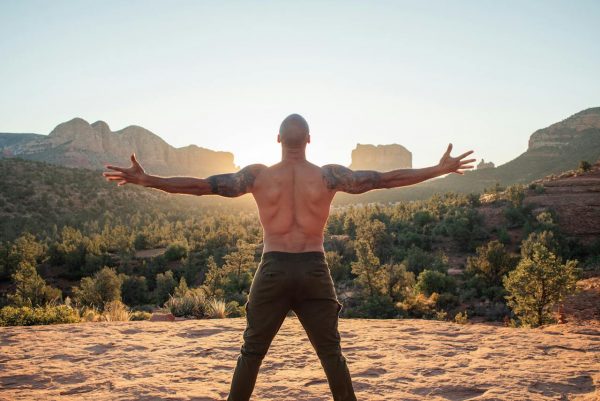In light of the recent tragedy, I was going to write up a list of LGBTQIA+ books, to put out something happy and offer a distraction while you may be coping. But that would be ignoring the issue at hand. While we certainly need to try and take action, we also need to keep talking about all the intersections of identity. I’ve made a post about intersectionality, but I realized I never wrote one about queer people of color.
Basics
Since is this blog is all about the LGBTQIA+ Community; there are definitely plenty of resources here that talk about these identities. Some of the main ones are here, here, here, here, and here.
So, I’ll move onto talking about the other intersection- people of color.
So what exactly is a person of color?
According to NPR, in American History, it has been used to refer to people of African heritage. “Today, it usually covers all/any peoples of African, Latino/Hispanic, Native American, Asian or Pacific Island descent, and it intends to be inclusive” (NPR).
**While it has become standard to identify as a person of color within these ethnic groups, there has been some push back on the disliking of the way this term is used. The popular blog Black Girl Dangerous has a post about it that you can read here. It’s interesting to think about how the term people of color encompasses so many identities, but can also feel like an erasure or exclusion of some.
Latinx
You may have seen the use of Latinx used lately, especially when talking about Queer People of Color. This is instead of just Latina or Latino to be more gender inclusive since both of those tend to be binary terms. “It also moves beyond Latin@ – which has been used in the past to include both masculine and feminine identities – to encompass genders outside of that limiting man-woman binary” (Latina).
Double Minority
Defined, a minority is just a smaller group than most people. Of course, the LGBTQ Community is a minority group, because it does encompass a majority of society. Minority groups are also groups that are not treated fairly or are underprivileged in some way. Through time, people of color, whether it be for their discrimination, demographics, or any other reason, have also been labeled as a minority group. Therefore, when a person identifies as part of the LGBTQ Community and a person of color, they can identify as a double minority. The statistics below show this result of this minority status.
Statistics
- An estimated 20-40% of homeless youth in the US identify as LGBT or believe they may be LGBT. (lgbt map)
- In 2015, of the 24 reports of homicide of individuals in the LGBTQ Community, 62% were people of color, 54% (13) being transgender women of color. (anti-violence)
- LGBTQ people of color experience higher rates of discrimination in the workplace, violence in employment, and poverty. (lgbt map)
- LGBTQ people of color also experience higher rates of police violence and discrimination. (anti-violence)
- 69% of anti-violence reports in NYC last year came from LGBTQ people of color, with an 11% increase from Latinx individuals. (anti-violence)
- In 2015, 33% of regular characters on television were people of color, a 6 point increase from the previous year. (GLAAD)
- A majority of the LGBTQ Community are not people of color, making being an LGBTQ person of color difficult, even within the Community itself. You can find helpful resources here. (HRC)
Although I am not someone who identifies as a person of color, I feel this is an important intersection of LGBTQ identities to talk about. I hope this helps you recognize and learn about this and gets you thinking about double minority groups.
Also, I hope you are all doing okay after the recent tragedies. If you ever need someone to talk to, don’t be afraid to call the Trevor Project hotline at 1-866-488-7386
Originally published on Color it Queer.





